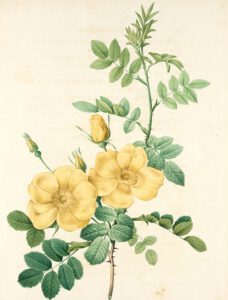
Botanical art has a rich history and holds significant cultural importance. In recent years, it has gained popularity and recognition, capturing the beauty of plants and showcasing the talent of artists worldwide.
This blog post explores the evolution of botanical art, from its traditional roots to contemporary expressions. By tracing its origins, highlighting the contributions of female artists, and examining renowned artists throughout history, we will discover the diverse influences and styles that shape the world of botanical art today.
Traditional Botanical Art
The Origins and Characteristics of Traditional Botanical Art
Traditional botanical art has its roots in ancient civilizations, where artists meticulously documented the natural world with precise accuracy. Over time, the art form evolved, with artists utilizing mediums such as watercolors, pen and ink, and colored pencils to capture the intricate details of plants. Key characteristics of traditional botanical art include accurate representation, attention to detail, and a focus on scientific accuracy. Traditional botanical artists aimed to not only depict the beauty of plants but also contribute to scientific knowledge and exploration.
The Role of Women in Traditional Botanical Art
Throughout history, female botanical artists have played a crucial role in the development and advancement of this art form. Despite facing societal barriers and limited opportunities, their contributions have left an indelible mark on the world of botanical art. One notable example is Maria Sibylla Merian, a German artist and naturalist who lived in the 17th century. Merian’s meticulous illustrations documented the life cycles of insects and plants with exceptional detail and accuracy. Her groundbreaking work, such as “Metamorphosis insectorum Surinamensium,” not only demonstrated her artistic talent but also contributed to the scientific understanding of the natural world. Another influential female botanical artist is Beatrix Potter, who is best known for her beloved children’s books such as “The Tale of Peter Rabbit.” However, Potter was also an accomplished naturalist and botanical illustrator. Her keen observations of fungi and plants led to her becoming a respected member of the scientific community, and her exquisite illustrations continue to captivate audiences to this day. Not without first suffering discrimination for being a woman. In 1997 the Linnean Society issued a posthumous apology to Potter for the sexism displayed in its handling of her research.
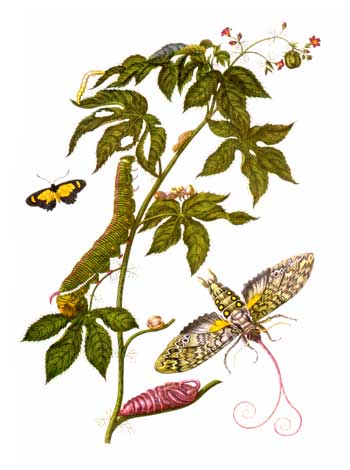
Renowned Artists from the 17th Century to the 21st Century
Renowned botanical artists from the 17th century to the 21st century have made significant contributions to the field of botanical art. Maria Sibylla Merian, a German artist and naturalist, is known for her exceptional illustrations of plants and insects, contributing to the scientific understanding of the natural world. Pierre-Joseph Redouté, a Belgian artist and botanist, is recognized for his exquisite watercolour paintings of flowers, particularly roses. Carl Linnaeus, a Swedish botanist, physician, and zoologist, not only developed the binomial nomenclature system but also produced beautiful botanical illustrations with the help of Georg Ehret a Germany botanical illustrator and artist. These artists and many more have left a lasting legacy in botanical art, inspiring new generations and helping us appreciate the beauty of plants.
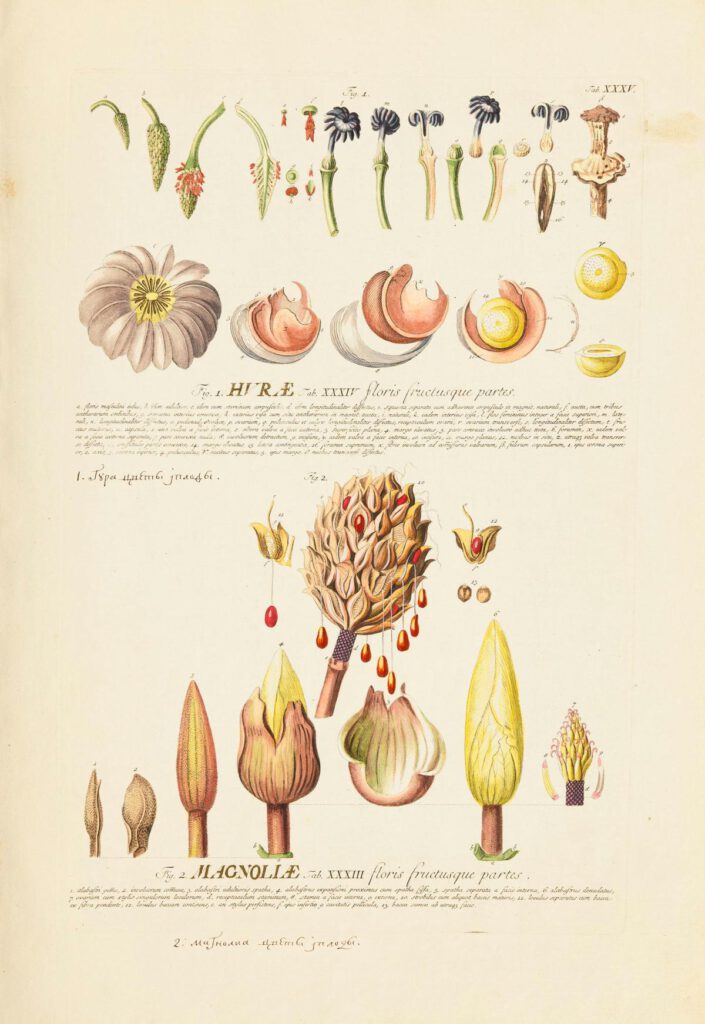
Influences on Contemporary Botanical Art
One notable shift in contemporary botanical art is the trend towards creating more photorealistic and hyperrealistic paintings. Artists have embraced these techniques to achieve a level of detail and realism that is almost indistinguishable from a photograph. By painting large-scale botanical artworks in hyperrealism and photorealism, artists not only highlight their technical skills but also create captivating visual experiences for viewers. This focus on hyperrealism and photorealism emphasizes the precision and scientific accuracy that contemporary botanical artists strive to achieve in their creations. It is an exciting development that highlights the ongoing evolution and exploration within the field of botanical art.
New Mediums, Techniques, and Styles in Contemporary Botanical Art
The accessibility of new mediums, techniques, and styles has played a crucial role in the shift towards contemporary botanical art. Advancements in technology and the availability of diverse artistic tools have empowered artists to explore different avenues of creativity. Digital art, mixed media, and unconventional materials have become increasingly popular, enabling artists to push the boundaries of traditional botanical art. These new mediums and techniques offer artists the freedom to experiment, blur the lines between realism and abstraction, and create unique interpretations of botanical subjects. The resulting artworks often showcase a fusion of traditional botanical elements with contemporary artistic styles, appealing to a broader audience and capturing the essence of a changing artistic landscape.
Painting Large Botanical Art: Hyperrealism and Photorealism
As botanical art has evolved into contemporary forms, one notable trend is the creation of large-scale botanical paintings in hyperrealism and photorealism styles. Artists who specialize in these techniques aim to create incredibly detailed and lifelike representations of plants, often on a grand scale.
Hyperrealism and photorealism techniques involve meticulous attention to detail, precise brushwork, and a focus on capturing every subtle nuance of the subject. Through these techniques, artists can achieve a level of realism that is almost indistinguishable from a photograph.
By painting large botanical art in hyperrealism and photorealism, artists push the boundaries of traditional representation and amplify the impact of their artwork. The large scale allows viewers to immerse themselves in the intricate details of the plants, appreciating the beauty of nature in a larger-than-life format.
This approach not only showcases the technical skills of the artist but also creates a captivating visual experience for the audience. The sheer size of the artwork commands attention and invites viewers to explore the subtle textures, colors, and forms of the botanical subjects.
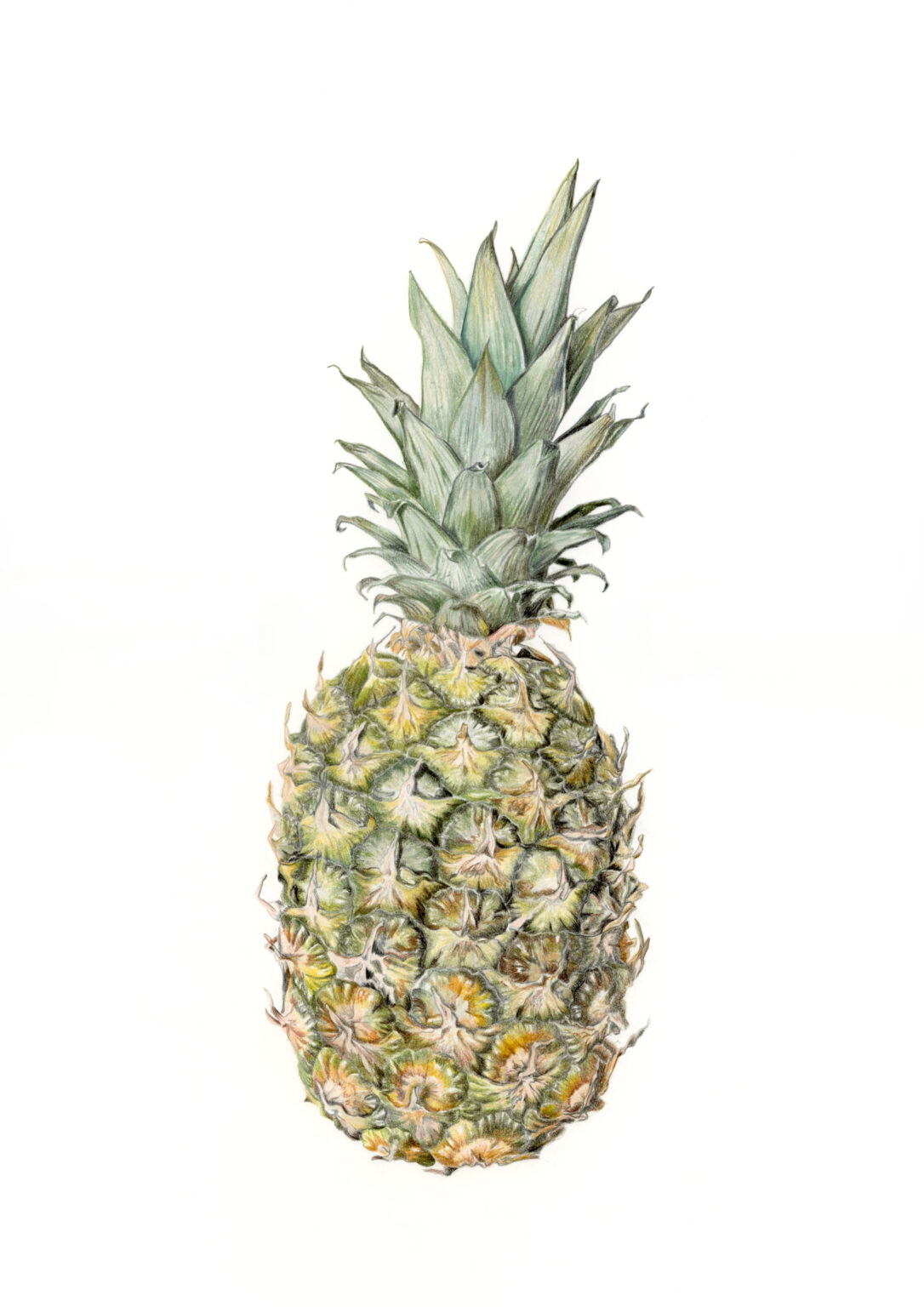
Furthermore, painting large botanical art in hyperrealism and photorealism emphasizes the importance of precision and scientific accuracy in contemporary botanical art. It highlights the need for artists to thoroughly understand the plants they depict, as even the minutest details can significantly impact the overall realism of the artwork.
Through the use of hyperrealism and photorealism techniques, artists continue to push the boundaries of what is possible in botanical art. By creating large-scale, incredibly realistic paintings, they not only capture the beauty of plants but also evoke a sense of awe and wonder in the viewers.
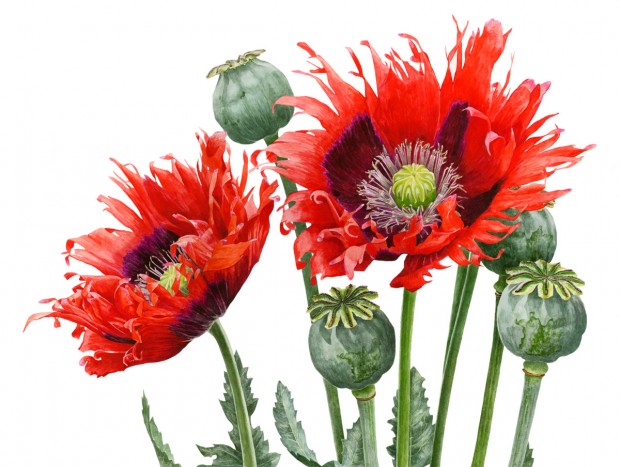
The Female Perspective in Botanical Art
Female botanical artists have brought a different viewpoint to the field, helping it grow and progress. Despite facing societal obstacles, their artistic skills and curiosity have made a lasting impact, motivating future generations of botanical female artists to follow their lead.
Female artists in the field of botanical art have historically faced numerous challenges and obstacles. In the past, societal norms and gender biases limited their opportunities for education, recognition, and professional advancement. Many female artists struggled to gain access to formal training and mentorship, which hindered their artistic development. Additionally, they often faced exclusion from male-dominated artistic institutions and societies, limiting their ability to exhibit and sell their artwork. Despite these challenges, female botanical artists persisted and made significant contributions to the field, breaking barriers and paving the way for future generations of artists.
Contemporary female botanical artists continue to make groundbreaking contributions to the field, pushing the boundaries of traditional representation and exploring new artistic approaches. Their work not only showcases exceptional technical skills but also demonstrates a deep connection to nature and a unique perspective on botanical subjects. Through their innovative use of mediums, techniques, and styles, these artists captivate audiences with their visually stunning and thought-provoking creations. Their art serves as a testament to the ongoing evolution of botanical art and inspires future generations of artists to celebrate the beauty of plants in fresh and exciting ways.